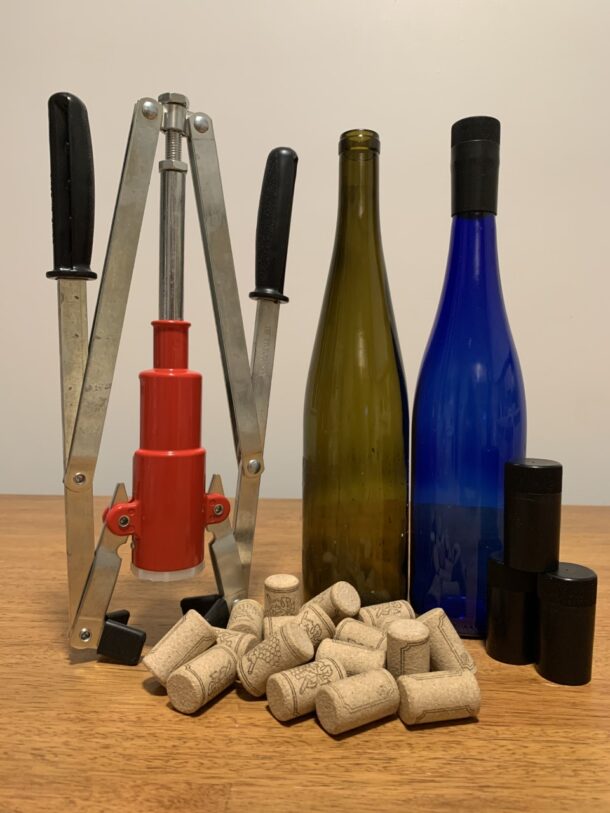Basics of Home Winemaking (Clemson.edu)

“Wine is one of the most civilized things in the world and one of the most natural things of the world that has been brought to the greatest perfection, and it offers a greater range for enjoyment and appreciation than, possibly, any other purely sensory thing.” – Ernest Hemingway
Wine is an ancient beverage. Archaeologists have unearthed wild grape seeds in places like Damascus, Syria, Lebanon, and modern-day Jordan dating back as far as 8000 BCE.
Cultivated grape seeds (identified by the difference in shape) dating to 6000 BCE were discovered at the Gadachrili Gora site near the village of Imiri in modern-day Georgia. Wine spread from its early origins across the ancient world, where it was a source of nutrition, trade, and even medicine. Hippocrates, sometimes called the father of medicine, used wine in most of his medical treatments. The Jewish Talmud speaks of wine, saying, “Wherever wine is lacking, drugs become necessary,” while a 6th century BCE Indian medical text describes wine as an “invigorator of mind and body, antidote to sleeplessness, sorrow, and fatigue… producer of hunger, happiness, and digestion”.
Despite being a staple of the human diet, wine is not easily produced everywhere.
Vitis vinifera is the wine-producing species of grape. This species prefers a very specific climate. This climate is typically found in the regions we think of wine coming from; the Mediterranean (which includes such places as Spain, Southern France, Italy, and Greece), the Rhineland of Germany, Australia, New Zealand, and Napa Valley in California. There are many more regions that have been discovered to produce quality wine grapes. What is the rest of the world left to with to produce wine? Fruit.

